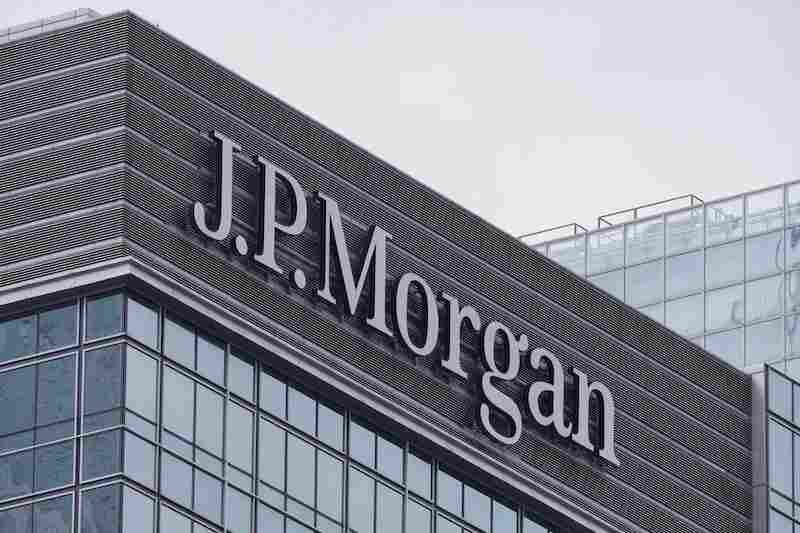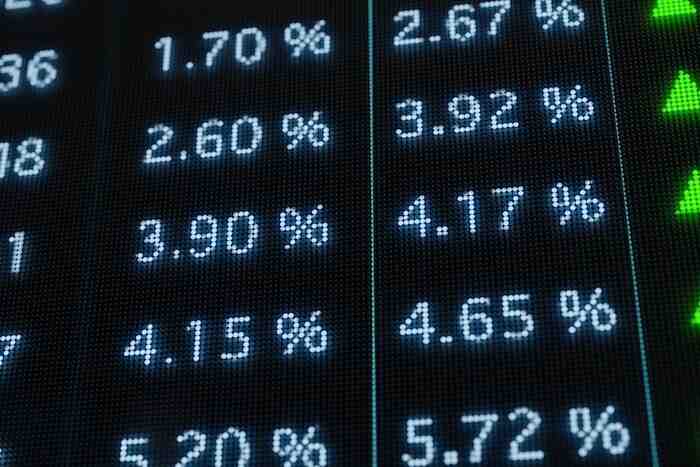Stock of the Week: A Homebuilder Built for Gains
Alpesh Patel|May 5, 2023
One of the strongest indicators of the overall health of the economy is the homebuilding sector. Where it goes… the economy often follows.
And the company I have for you this week says there’s good news ahead.
It’s one of the biggest homebuilders in the U.S… and it brings in $33 billion in revenue each year.
It also has a diverse portfolio of businesses… which is crucial during shaky economic times.
The stock price has low volatility, which is something I look for… as stocks with low volatility tend to outperform.
The company is also undervalued when you look at discounted cash flow and the forecast P/E ratio.
That’s what I like to see.
After getting pushed down in 2022… the stock has resumed its strong upward trend, which started back in 2019.
For all those reasons (and more!)… it’s my Stock of the Week.
Get all the details on the company – including the ticker – in this week’s video.
Click on the image below to watch it.
Transcript
Hello, friends and Manward family. Welcome to another Stock of the Week. I’m Alpesh Patel, hedge fund manager.
As you know, every week I get a pile of companies, which my analyst team puts in front of me, for me to examine for Stock of the Week. And this week, as every week, I’ve got one, which not only do I like – I mean, that’s got to be a precursor – but it’s one which I can use to educate you as to what it is that we look for when we analyze companies and also is one which actually educates me as to what’s going on in the world.
That’s what I love about investing – it’s not just about making a return on your money. It’s actually making a return in terms of understanding how the world’s working.
So this week’s Stock of the Week is D.R. Horton (DHI). Sounds like a coffee company – I just feel it should be in the coffee business – but it is in fact instead in home construction.
It’s engaged in the acquisition and development of land, something which my family knows about in the United Kingdom at least, and the construction and sale of residential homes.
Since 2002, the company has been the largest homebuilder by volume in the United States. I did not know that. It was founded in 1978 in Fort Worth, which was exactly the same year I bought, or I was given, a Tandy TRS-80 home computer at the age of 7. And they were built in Fort Worth, Texas, as well.
D.R. Horton has operations in 110 markets in 33 states across the United States. So it’s diversified, at least across the continental U.S.
Segments include homebuilding, Forestar lot development, financial services – that’s important, again, diversification inside their sector as well – and, of course, rental operations.
It’s engaged in the construction and sale of high-quality homes through its diverse product portfolio, with sale prices ranging from about $200,000 to over $1 million. It’s majority owner of Forrester Group, a national residential lot development company.
D.R. Horton has a market cap of $37 billion, and its revenues are roughly the same. They’re about $33 billion for revenues, or sales, every year. So we’re not talking small by any measure.
So let me just have a look at the things which first attracted me to the multibillion-dollar company.
Now, it’s got a Growth-Value-Income rating of 8. Those of you who follow me will know that’s my proprietary algorithm, which weighs valuation of a company, such as its share price relative to profitability, revenue growth, cash flow growth, and income, such as dividend yields, as well. And this has got an overall score of 8 out of 10. Anything with a 7 or higher meets my minimum threshold. This does that.
Cash return on capital invested is only at 1.7%, but that’s okay. Can’t have everything ticking our boxes. So CROCI, or cash return on capital invested, was invented by Deutsche Bank. It’s used by Goldman Sachs Wealth Management. If you want to know why it’s important, click here.
Share price has been okay over the last few months. Sortino, which is a measure of the average return versus the risk or volatility of missing that average, is positive. It’s 0.79… and as long as it’s above 0.3, that’s good. It means you’re getting enough reward or return for the volatility or risk you are taking.
Speaking of volatility, it’s 15.8%. That’s good. It’s under 20%. Companies with low volatility tend to, as a general rule but not a guarantee, do better than those that have not got such low volatility.
Now for the forecast P/E ratio. I like this – it’s 9.9. What does that mean? It means that the current share price is only at a multiple of 9.9 times its forecast profitability. That means the current share price is relatively low because these tend to be at higher multiples. So even if you got what you might call a multiple inflation – so instead of going from 9.9, it went to, say, 11 – you’d have a return on the stock returns as well on that.
Like I said, CROCI is a little bit disappointing, but return on equity is good, return on capital employed is good. So quality-wise, it’s a good company, and this year’s really been about quality companies.
Turnover is going through the roof. Well, borrowing’s been increasing with turnover, but I don’t mind that it’s been increasing with turnover because that’s just natural growth.
Profits are going up and up and up in the right direction. Pretax profits, assets – they’re all going in the right direction. Capital expenditure is decreasing, so that’s good as well.
There’s a slight problem with forecast growth – forecast profitability, forecast turnover, forecast pretax profits.
And that’s partly a function of the fact that everybody’s so worried about the economy and whether there’s going to be a recession and cost-of-living crisis.
Actually this is in one way a play on the fact that we believe in America and that it’s not going to be as bad as the analysts are forecasting. So I’m not too worried.
It’s generating dividends as well.
All of those things are positive.
Looking at the stock price, you can see the trend which began in July of last year. I think that trend will continue, and the angle of that growth will probably be the same angle of growth which it’s had from 2019 up until 2022, allowing for the COVID blip. If we ignore that, companies have a natural rate of growth. Many do – not all but many do – and those that do are easier to buy into.
This one has a natural rate of growth from 2019 to 2022. And you can sort of see that. And I’m forecasting that to resume – given that 2022 was a bad year for all stocks – as it has since pretty much the back end of last year and into this year.
Okay, so those are the projections, supported by the discounted cash flow valuation of the company, which is potentially about 50% undervalued. In other words, if its share price doubled, it could be argued to be at fair value on a discounted cash flow basis. That’s only one measure of valuation.
I like the fact that when I look at the histogram of returns and the sort of projections given how the stock price moved in the past and what it might do in the future. And remember, that’s no guarantee. The past is not a guarantee of the future. It’s a guide but not a guarantee.
Of course, there is some downside risk of what could happen over 250 days. So it’s not risk-free by any means. No investment is risk-free. But overall you can see we tick a lot of boxes.
We look at a lot of things with the company and, everything considered, this is my Stock of the Week.
Hope you liked that, Manward family and my GVI Investor followers as well, and stay tuned for more in the future.
Thank you very much.





